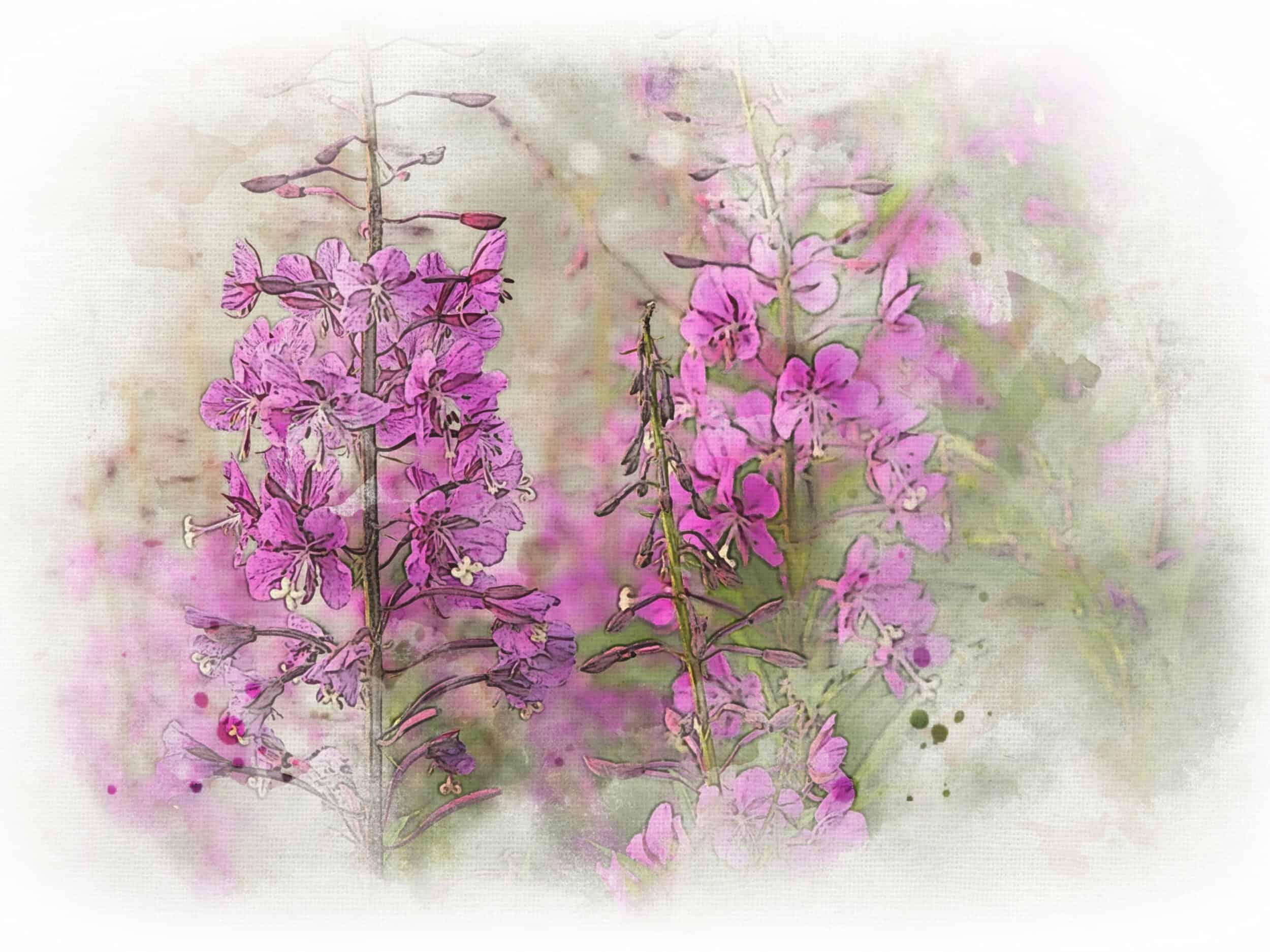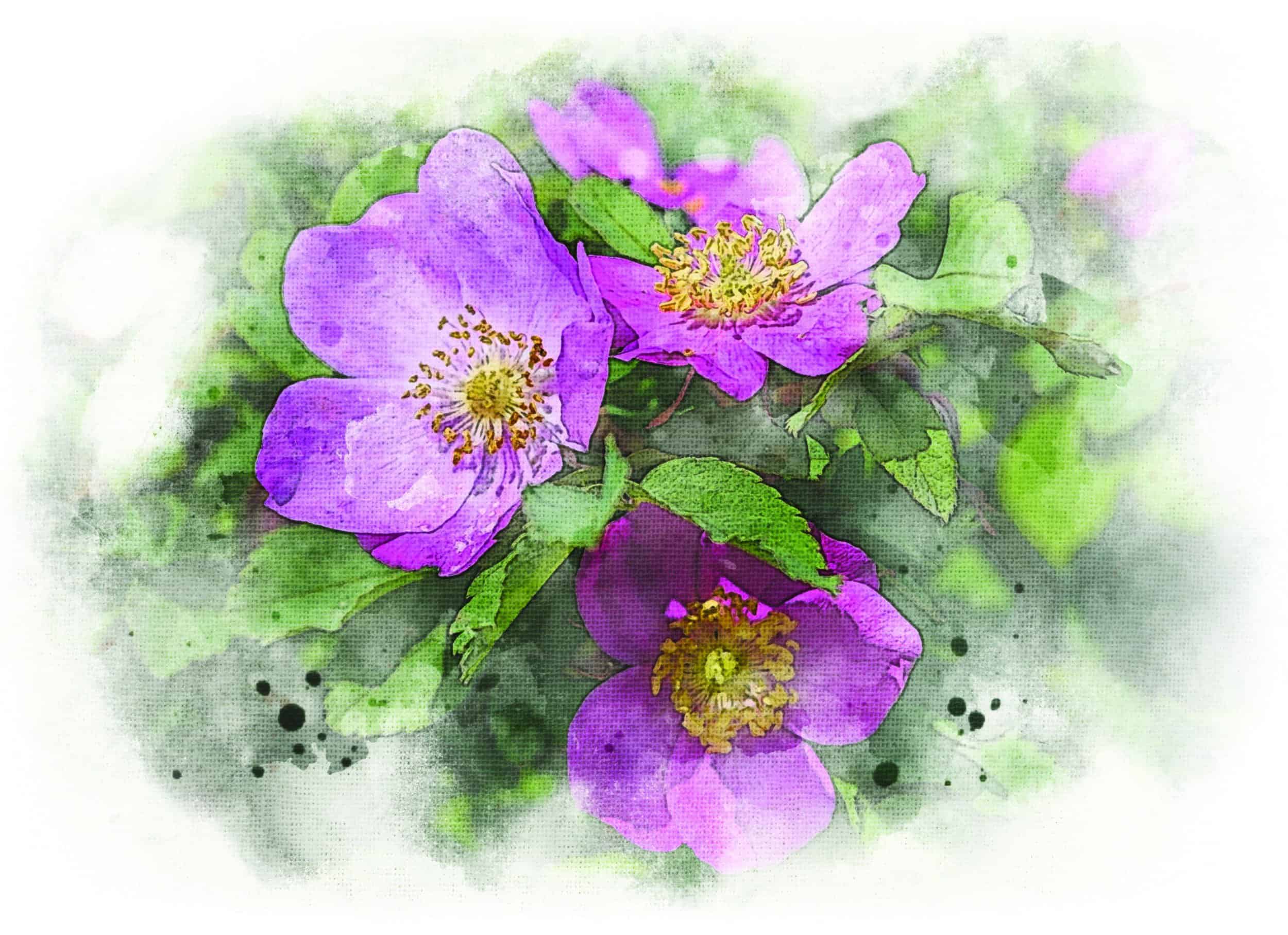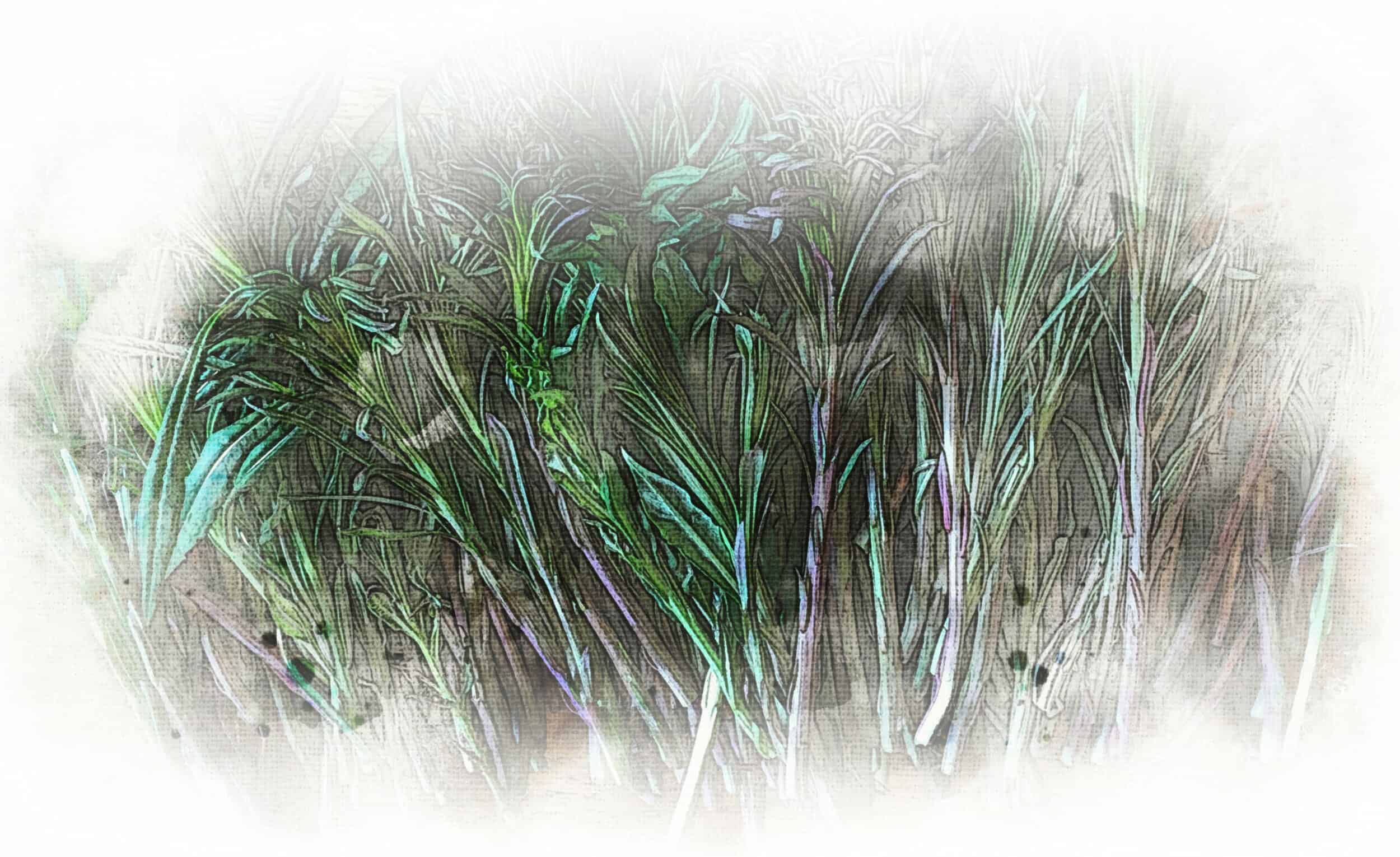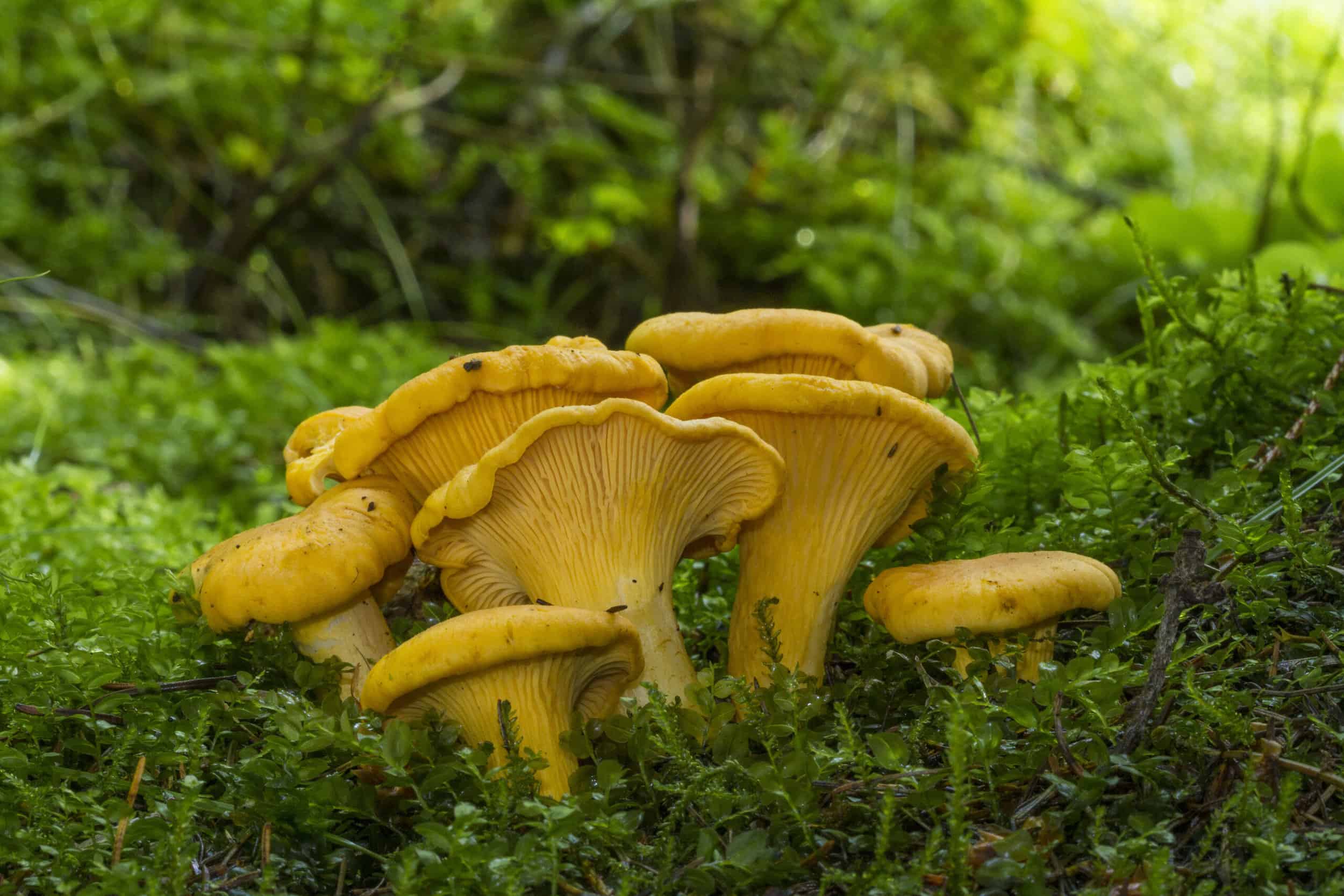Read The
Current Issue
// By Whitney Royster
Edible plants and berries abound in Jackson Hole. Not just for animals, but for humans, too. “It’s important to have knowledge of the plant world before anything is eaten,” cautions Cathy Shill, owner of the Hole Hiking Experience. The diets of the Shoshone included the camas flowers of the lily family; the root of the blue camas is high in fiber. Members of the Lewis and Clark Expedition consumed these roots with a poor result, though. “I am verry Sick to day and puke which relive me,” Clark wrote in the fall of 1805, after becoming ill from eating the roots. Shill says Native Americans connected with the cycles of the year in order to use the land’s natural resources. For example, local tribes roasted camas roots in winter only.
Worse than getting sick from not preparing blue camas roots correctly? Incorrect preparation of the juice of Zigadenus, aka the death camas. It was highly useful to the Shoshone, but not as a food. They poisoned the tips of their arrows with it.
Here are some parts of the local landscape you can eat:

Chanterelles
It’s a good idea to carry bear spray when you go looking for these mushrooms in late summer. Head for higher altitudes and scan the ground near berry bushes and pines. Back at home, chanterelles are great sautéed and served with meat or added to omelettes.

Fireweed Blossom
When they appear in summer, fireweed blossoms are multitaskers; eat them raw or sautéed, use them as a garnish, or make them into jelly. As you’re collecting these blossoms, make sure not to take all the blossoms from one plant. When young, these blossoms are mild in flavor; older blossoms can be bitter.

Wild Rose
Wild roses grow in forest understories with moist soil. Reportedly high in vitamins A and C, wild rose hips stay on the plant through the winter. In the summer, leaves can be boiled for tea and petals sprinkled on salads. Dried, the flowers might help with heartburn.

Fireweed Shoots
Eat “the asparagus of the North” in the late spring. Find fireweed growing alongside many trails around the valley, especially on the backside of Snow King Mountain. Once the fireweed is found, snip the shoots and, back home, sauté them and enjoy the extra vitamins C and A, flavonoids, and beta-carotene you’re getting. JH





